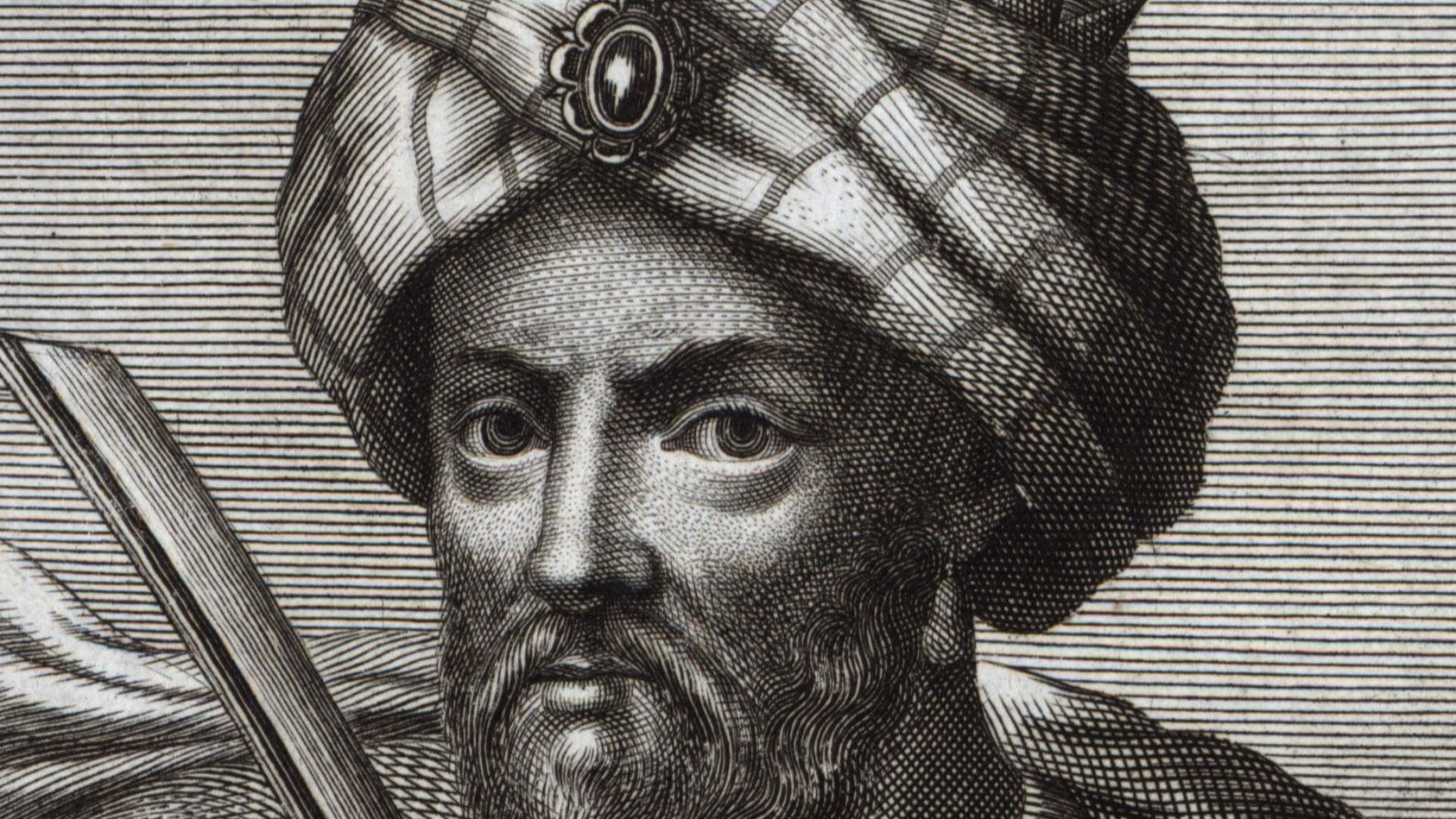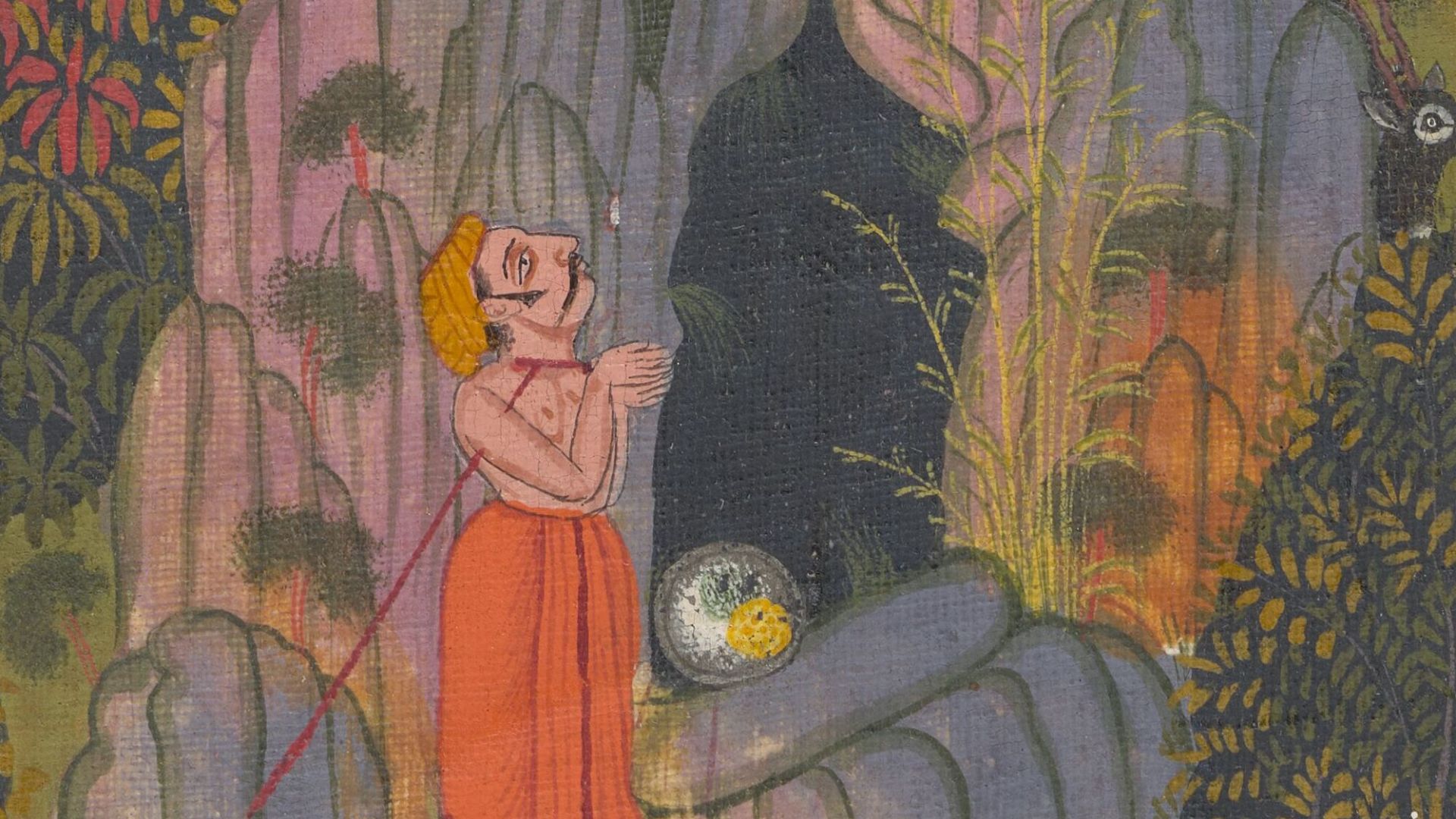10 Kings Who Had More Than One Wife & 10 Who Stayed True To One Woman
Lives Shaped By Love And Power
Love and power often clashed within palace walls, shaping history in ways you wouldn't expect. Some kings had many wives and faced tangled relationships that influenced their kingdoms. Others devoted themselves to a single partner and left a legacy of loyalty. Their stories show the human side of royalty, where choices of the heart mattered as much as the crown. Let's first look at kings who embraced multiple marriages and the lives they built around them.
1. King Solomon Of Israel
King Solomon of Israel is biblically recorded as having 700 wives and 300 concubines. These unions weren’t solely for desire—they served political ends, strengthening alliances with foreign powers. However, his marriages to foreign princesses created deep religious tensions.
2. Emperor Moulay Ismail Of Morocco
Marked by calculated marriages to unify tribes, Moulay Ismail’s rule spanned over five decades. With four wives, 500 concubines, and reportedly over 800 children, he used his harem as a political tool while enforcing order and building lasting architectural marvels.
 Unknown authorUnknown author on Wikimedia
Unknown authorUnknown author on Wikimedia
3. Maharaja Bhupinder Singh Of India
A patron of opulence, he’s credited with popularizing the Patiala peg. Maharaja Bhupinder Singh of Patiala kept 10 wives and 350 concubines, and he fathered 88 children, but only 52 survived. Among his consorts, Rajmata Vimal Kaur held a special place in his life.
 Historian of Punjab on Wikimedia
Historian of Punjab on Wikimedia
4. Pharaoh Ramses II Of Egypt
During his 66-year reign, Ramses II married over 200 women and fathered more than 100 children. These unions bolstered his image as both ruler and god. His favorite wife, Nefertari, was immortalized in colossal temples built to celebrate her status.
5. King Mongkut Of Siam
Ruling from 1851 to 1868, King Mongkut had over 30 wives and concubines. Most marriages weren’t for love, as they were diplomatic moves. He ruled from 1851 to 1868 and pushed Siam into the modern age, and even inspired the hit musical The King and I.
 Unknown authorUnknown author on Wikimedia
Unknown authorUnknown author on Wikimedia
6. Maharaja Ranjit Singh Of India
Ranjit Singh ruled with 20 wives and maintained 43 women in his household. His marriages spanned Sikh, Hindu, and Muslim faiths. After his death, four Hindu wives performed “Sati,” a ritual of self-immolation on their husband’s funeral pyre.
 Unknown authorUnknown author on Wikimedia
Unknown authorUnknown author on Wikimedia
7. Bappa Rawal Of India
With 140 politically driven marriages, Bappa Rawal built a vast web of alliances. As an 8th-century warrior king of Rajasthan, his influence laid the foundation for the Mewar dynasty, one of the most enduring royal lineages in Indian history.
8. King Henry VIII Of England
Henry VIII had six wives, three of whom were officially annulled through the Church of England. His strong desire for a male heir led to the English Reformation and the creation of a national church separate from Rome. It had a long-lasting effect on religion and the monarchy.
 Hans Holbein the Younger on Wikimedia
Hans Holbein the Younger on Wikimedia
9. Maharaja Jagatjit Singh Of India
His marriages embodied East-West cultural diplomacy, and he was also known for his love of European architecture. Maharaja Jagatjit Singh of Kapurthala had six wives, including a Flamenco dancer named Anita Delgado of Spain, who converted to Sikhism and became Maharani Prem Kaur.
 Bourne and Shepherd on Wikimedia
Bourne and Shepherd on Wikimedia
10. King Sobhuza II Of Swaziland
Reigning for over 60 years, King Sobhuza II of Swaziland had 70 wives and fathered 210 children between 1920 and 1970. At his passing, his royal line had expanded to include more than 1,000 grandchildren, and his dynasty shaped the nation’s leadership and traditions for generations.
 The National Archives UK - Flickr account on Wikimedia
The National Archives UK - Flickr account on Wikimedia
Now that we’ve seen kings with many marriages, let’s turn to those who remained loyal to a single queen.
1. Pala King Gopala Of India
Elected by chieftains to end Bengal’s instability, Gopala established the Pala Empire around 750 CE. He married Deddadevi of the Bhadra dynasty and remained monogamous. Their marriage helped politically consolidate Bengal’s eastern and western regions.
2. King George VI Of England
King George VI married Elizabeth Bowes-Lyon and remained devoted throughout their lives. Their partnership endured the trials of World War II and personal hardship, including his early speech challenges. He was the father of Queen Elizabeth II and led with quiet strength.
 Matson Photo Service on Wikimedia
Matson Photo Service on Wikimedia
3. King Louis XVI Of France
Though arranged, King Louis XVI and Marie Antoinette’s marriage proved stable through personal and political turmoil. Unfortunately, both were executed during the French Revolution, and their union remains a powerful symbol of the monarchy’s dramatic fall.
 Antoine-François Callet on Wikimedia
Antoine-François Callet on Wikimedia
4. Chandragupta I Of India
The marriage of Chandragupta I to Licchavi princess Kumaradevi laid the political foundation for the Gupta Empire. To honor the alliance, he issued gold coins with both their images, an uncommon move that underscored the importance of their joint legacy.
 Ashish Bhatnagar at hi.wikipedia on Wikimedia
Ashish Bhatnagar at hi.wikipedia on Wikimedia
5. King Haakon VII Of Norway
When Norway became independent in 1905, Haakon VII stepped up as king, with Princess Maud of Wales by his side. Their marriage wasn’t just royal; it helped boost national pride. He kept things grounded and was known for being humble and fair.
6. King Albert I Of Belgium
King Albert I, married to Elisabeth of Bavaria, guided Belgium through World War I with bravery and moral resolve. His battlefield presence earned him the title “Knight King,” while their admired partnership became a symbol of strength across war-torn Europe.
 Studio of Eugène Pirou on Wikimedia
Studio of Eugène Pirou on Wikimedia
7. Emperor Hongzhi Of China
During his Ming Dynasty reign from 1487 to 1505, Emperor Hongzhi chose lifelong monogamy with Empress Zhang. Their relationship, built on mutual respect, defied imperial norms. She played a visible role in governance and was widely respected by court officials.
 The original uploader was Louis le Grand at German Wikipedia. on Wikimedia
The original uploader was Louis le Grand at German Wikipedia. on Wikimedia
8. Henry VII Of England
His marriage in 1486 to Elizabeth of York brought peace to war-torn England and evolved into an affectionate, lasting personal bond. Henry never remarried after her passing, and their elaborate tombs stand at Westminster Abbey.
9. Chhatrapati Sambhaji Maharaj Of India
Serving both political and personal purposes, Sambhaji Maharaj married Yesubai Bhonsle in 1666. She remained his only wife and supported governance during his military campaigns. Captured for nearly 20 years, she played a vital role in preserving their son Shahu’s life.
10. King Charles I Of England
Charles I and Henrietta Maria stayed committed through civil unrest and religious divides and were married for 23 years. Though their union faced scrutiny, their private letters paint a picture of deep affection and mutual loyalty that endured until Charles’s execution.
KEEP ON READING
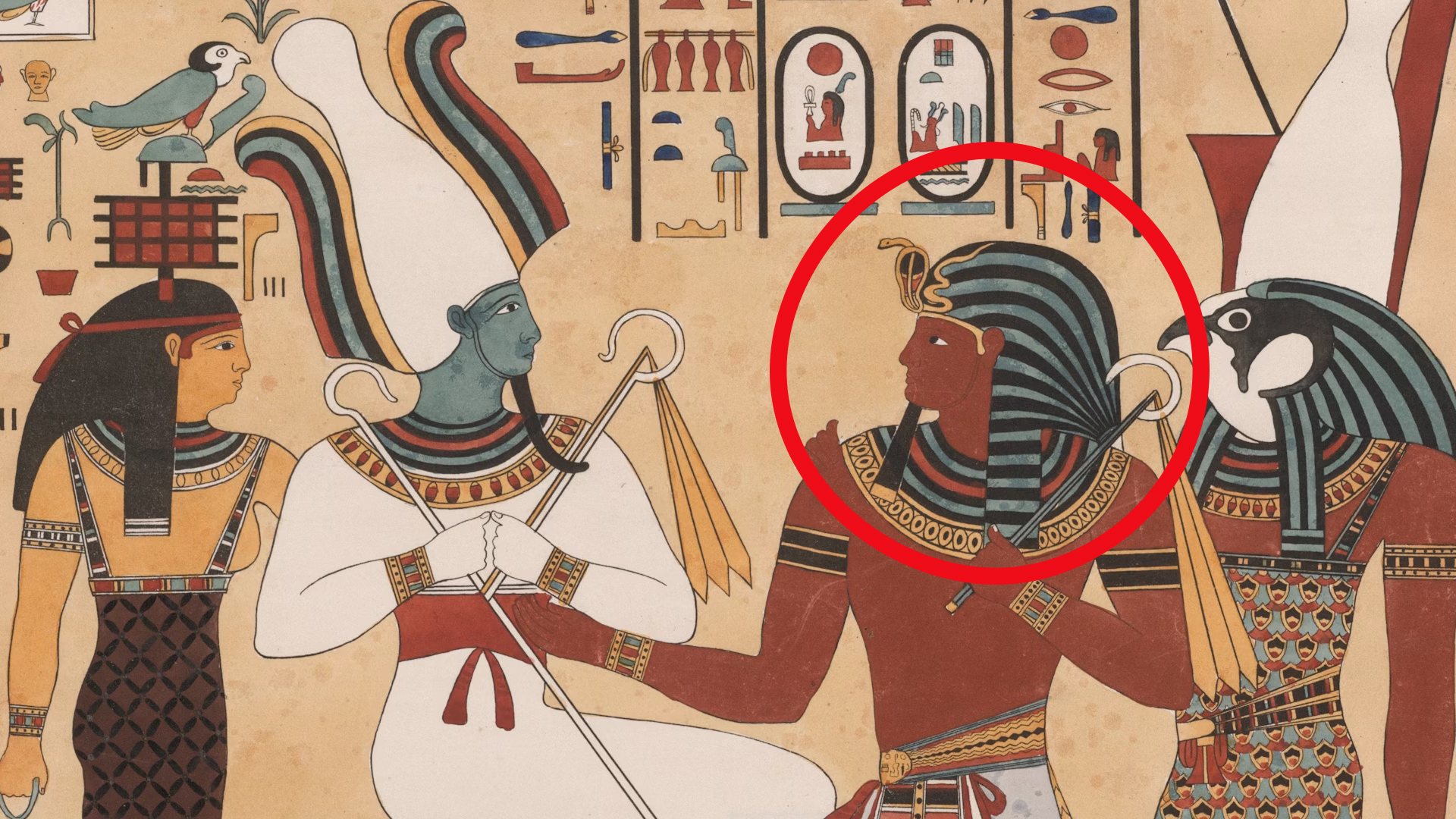
The Mysterious "Sea People" Who Collapsed Civilization
3,200 years ago, Bronze Age civilization in the Mediterranean suddenly…
By Robbie Woods Mar 18, 2025
The Turning Point: 20 Facts About The Battle of Normandy
Normandy Changed The Game. The Battle of Normandy marked a…
By Chase Wexler Jun 4, 2025
20 Inventors Who Despised Their Creations
Made It… Then Hated It. Inventors often dream big, but…
By Chase Wexler Aug 8, 2025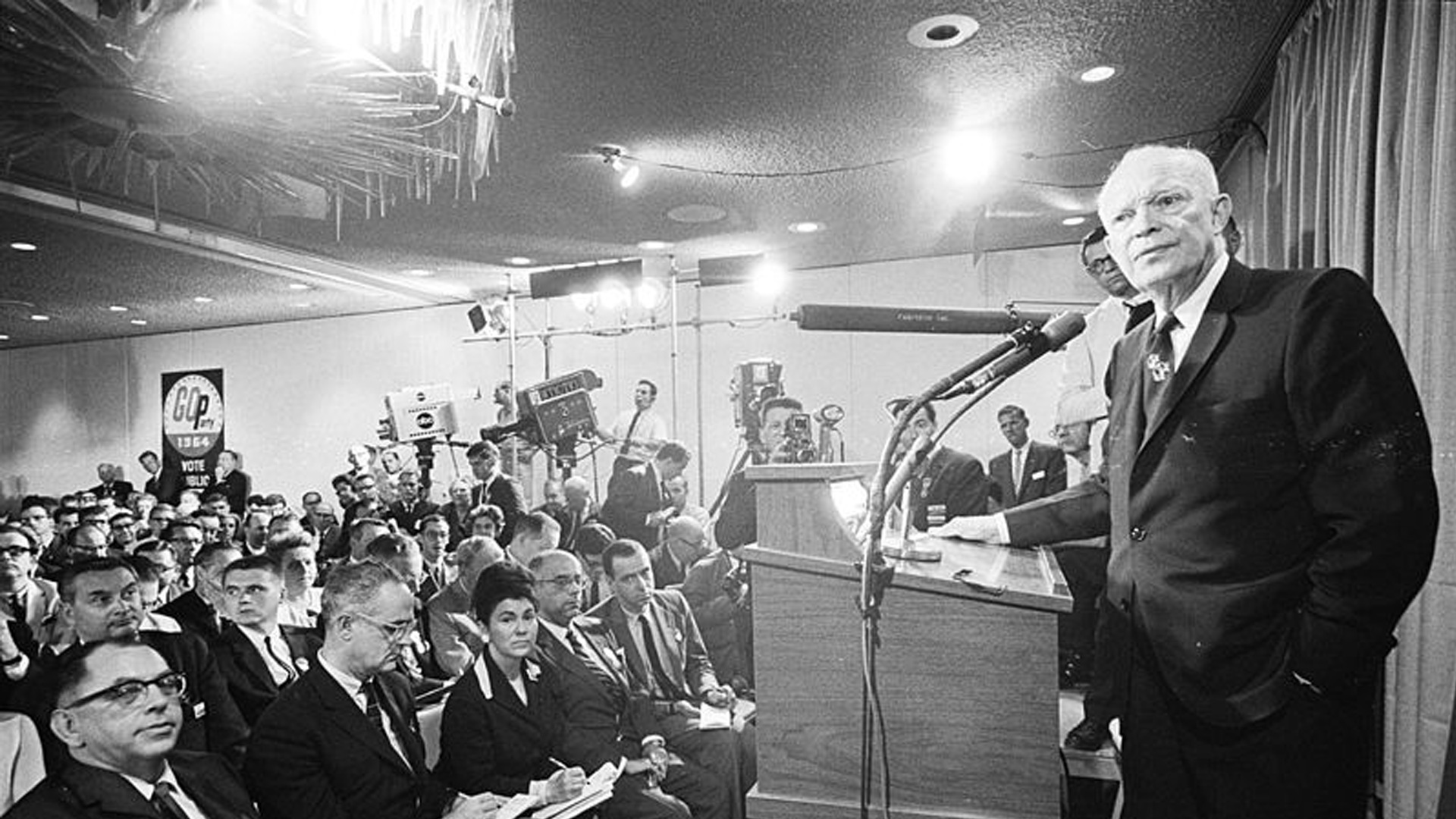
20 Important Names From World War II You Should Know
Key Players From World War II (For Good or Bad).…
By Cathy Liu Nov 7, 2024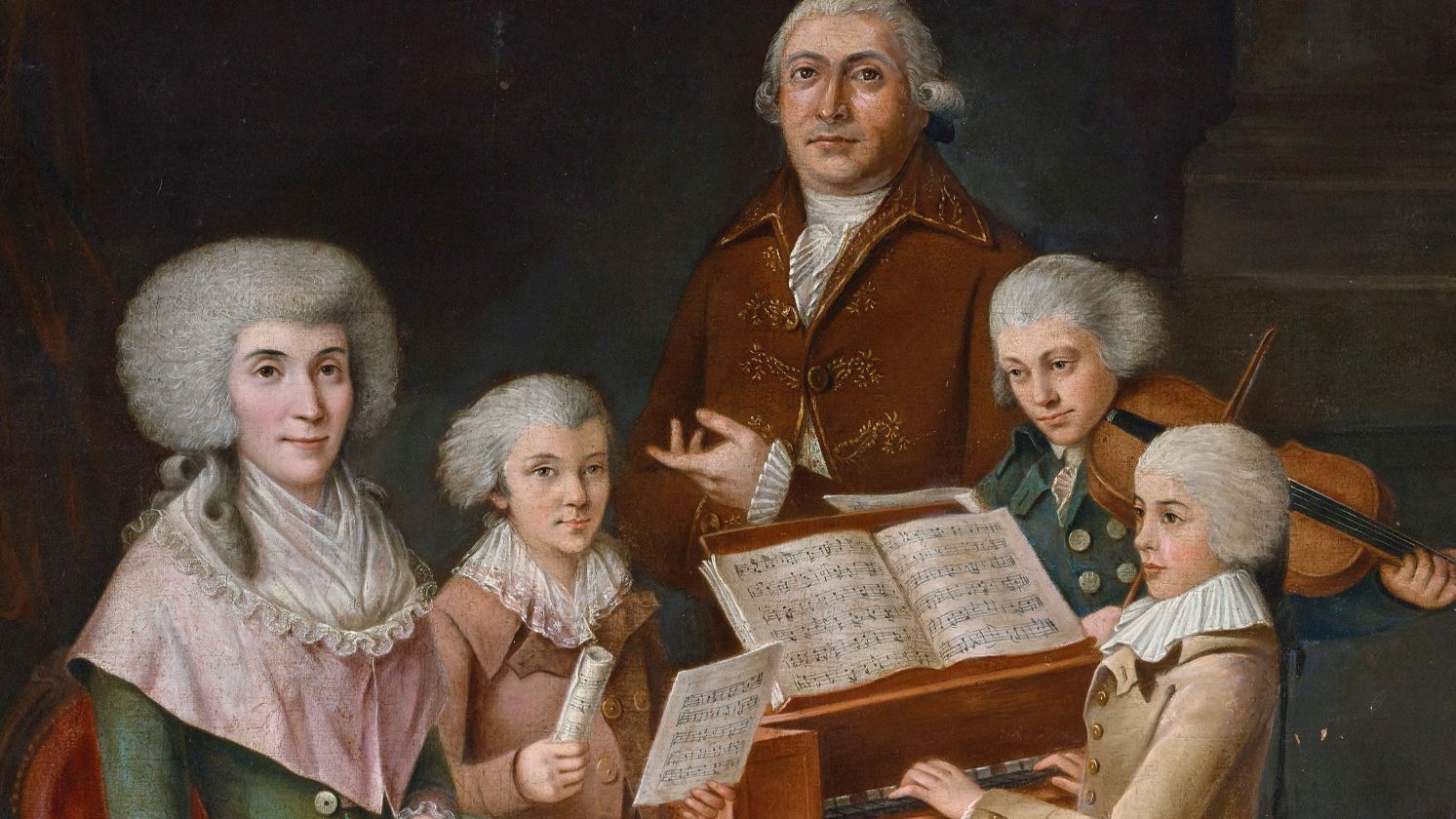
The Musical Prodigy: 10 Fascinating Facts About Mozart & 10…
Secrets Behind the Symphony. Wolfgang Amadeus Mozart remains one of…
By Chase Wexler May 5, 2025
20 Hilarious Slang Terms From The Wild West
Listen Here, You Hoity-Toity Tenderfoot. The American West was filled…
By Maria Cruz Aug 14, 2025

